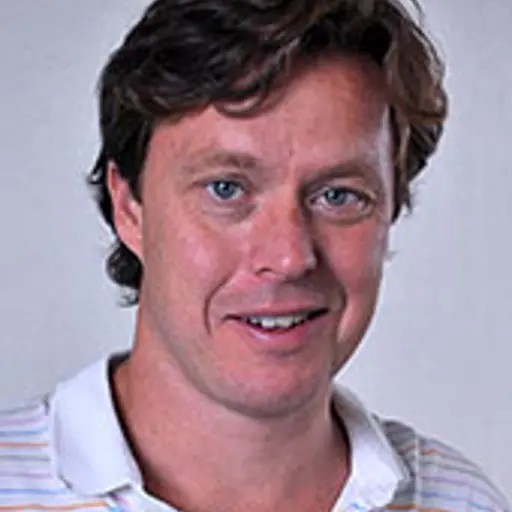The course syllabus contains changes
See changesCourse syllabus adopted 2021-02-26 by Head of Programme (or corresponding).
Overview
- Swedish nameMedicinska bildsystem
- CodeSSY186
- Credits7.5 Credits
- OwnerMPBME
- Education cycleSecond-cycle
- Main field of studyBioengineering, Electrical Engineering
- DepartmentELECTRICAL ENGINEERING
- GradingTH - Pass with distinction (5), Pass with credit (4), Pass (3), Fail
Course round 1
- Teaching language English
- Application code 10115
- Block schedule
- Open for exchange studentsYes
Credit distribution
Module | Sp1 | Sp2 | Sp3 | Sp4 | Summer | Not Sp | Examination dates |
|---|---|---|---|---|---|---|---|
| 0114 Laboratory 1 c Grading: UG | 1 c | ||||||
| 0214 Project 2.5 c Grading: TH | 2.5 c | ||||||
| 0314 Examination 4 c Grading: TH | 4 c |
|
In programmes
- MPBME - BIOMEDICAL ENGINEERING, MSC PROGR, Year 1 (compulsory elective)
- MPBME - BIOMEDICAL ENGINEERING, MSC PROGR, Year 2 (elective)
Examiner
 Fredrik Kahl
Fredrik Kahl- Head of Unit, Signal Processing and Biomedical Engineering, Electrical Engineering
Eligibility
General entry requirements for Master's level (second cycle)Applicants enrolled in a programme at Chalmers where the course is included in the study programme are exempted from fulfilling the requirements above.
Specific entry requirements
English 6 (or by other approved means with the equivalent proficiency level)Applicants enrolled in a programme at Chalmers where the course is included in the study programme are exempted from fulfilling the requirements above.
Course specific prerequisites
Approved courses in basic signal processing and programming.Aim
The aim of this course is for students to gain a basic understanding of the engineering aspects of both contemporary and state-of-the-art technologies used to create medical images. In addition the student is expected to gain an understanding of how such images are used by doctors to confirm and characterise a medical condition, as well as to assess response to treatment.Learning outcomes (after completion of the course the student should be able to)
- describe the physical and biological basis of a range of contemporary and state-of-the-art medical image formation technologies;- describe and apply the techniques and algorithms used in these technologies to generate/form images;
- compare and contrast competing image formation algorithms;
- implement one or more of these algorithms in software; and
- describe applications of these technologies and explain their limitations (e.g. for the detection and characterisation of abnormal tissue).
Content
This course covers the physical and engineering aspects of a range of contemporary and state-of-the-art technologies used for generating medical images. These include:- X-ray imaging: Physics, technology, detectors, spectra, amplifiers, computerized tomography and image reconstruction.
- Nuclear tomographic imaging and positron emission tomography: Basic physics, technology, detectors and algorithms.
- Magnetic resonance imaging (MRI): Physics, technology, instrumentation, and image reconstruction algorithms.
- Ultrasound imaging: Physics, technology, instrumentation, and image reconstruction algorithms.
- Microwave tomography: Microwave systems, antennas, dielectric properties, contrast and optimisation algorithms.
-THz imaging, tomosynthesis, microscopy, diffusion tensor imaging
The course also covers applications of these technologies including in virtual colonoscopy, breast cancer detection/imaging, cardiac imaging, and brain imaging.
Organisation
The course is organised as a number of lectures (including guest lectures given by industry and the health-care sector), laboratory sessions and a mandatory project.Literature
J. L. Prince, J. M. Links, Medical Imaging Signals and Systems, Prentice Hall, 2006Examination including compulsory elements
Written exam with TH grading; project with assignments and laboratory sessions (pass/fail).The course examiner may assess individual students in other ways than what is stated above if there are special reasons for doing so, for example if a student has a decision from Chalmers about disability study support.
The course syllabus contains changes
- Changes to examination:
- 2021-09-21: Grade raising Changed to grade raising by GRULG
- 2021-09-21: Grade raising Changed to grade raising by GRULG